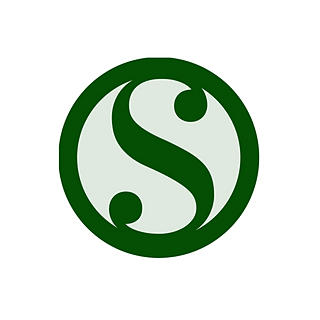Acupuncture Or Dry Needling: What Is The Difference?
- Sarah Usmani
- Apr 10, 2018
- 3 min read

Types of Needling
You may not realise there are different types of acupuncture and those who do, aren’t always sure what that difference is. Why is this important? Because the experience is not the same and neither is the effectiveness.
Acupuncture carried out by most physiotherapists or osteopaths is often referred to as dry needling. It involves the same fine filament needles that traditional acupuncturist use. But, this is where the similarity ends.
What Are Trigger Points?
Physiotherapists or Osteopaths who perform dry needling often target trigger points. These are points of particular sensitivity. They often use a needling technique that elicits a twitch in the muscle they are targeting. This is an ancient technique used in Chinese Acupuncture where the ‘trigger’ points are referred to Ah Shi points. Located by palpation and not necessarily on a meridian these points are sensitive areas. Essentially trigger points and Ah Shi points are the same thing.
Why do Traditional Acupuncturists talk of Qi (Chi) and Meridians/Channels?
Traditional Chinese Acupuncture is based on ancient theory that throughout the body energy (Qi) flows, both inside the body and on the surface. These flows of energy have points where the Qi is easier to access. These points when needled can have an effect elsewhere in the body helping the body to heal itself and bring about homeostasis (balance). Although this can sound far-fetched and unscientific it is a method of healing that has been shown to work over centuries of fine-tuning. Now Science is starting to catch up and studies are being conducted to show the effects acupuncture has on the body.
So what is different?
Training
A Traditional Chinese acupuncturist in the UK ungoes 3,600 hours of training which includes a minimum of 400 hours in supervised clinical setting and 200 hours managing a patient case load. This ensures a huge amount of experience in using an manipulating the needles and understanding the effects. By comparison physiotherapists can train in as little as 16 hours, that’s just 2 days. Need I say more!
Sensation
Traditional Chinese Acupuncturists will often use thinner needles and are usually far more gentle in their needling technique. This comes from the extensive hands on supervised clinic training and different theory on how to elicit healing.
Location of needles
Physiotherapists will often contain their needling to the sight of pain. This sometimes can bring more trauma to an already damaged area. Where Chinese Medical Theory comes into it’s own is by being able to have the desired effect with needling that is also away from the sight of injury. For example there are empirical pain relieving points on the body but there are also points that can speed up recovery.
Holistic healthcare
A patient may come to a Traditional acupuncturist for arthritic type pain in the knee but may also have other conditions that benefit from the treatment. I had a patient who came in for help with an arthritic flare-up in his knee. This patient found that alongside improvement in his knee pain and inflammation, that his dizziness improved profoundly. He was unable to understand how, but, from a TCM perspective a traditional acupuncturist would see the link.
If you went to an orthopaedic consultant for a back problem and in the course of his examination he found that you had a a spinal tumour you would expect that he would advise you of this so you can get treatment. Likewise a traditional acupuncturist would address any other conditions or refer you to a specialist if you had a health issue you were not aware off.
Breadth of conditions treated
This leads on from the holistic nature of traditional acupuncture. Most physiotherapist specialise in musculoskeletal conditions, whereas, a traditional acupuncturist is not only well trained in musculoskeletal issues, they are also used to seeing many other ailments from hormonal related conditions to abdominal to autoimmune disorders and so much more.
Sarah Usmani Acupuncture is based in Beckenham, South-East London, using a variety of traditional techniques most people can benefit from acupuncture. You may be surprised at the variety of conditions people seek help with, to see if acupuncture can help you, please get in contact for a chat or to book an appointment..














Comments